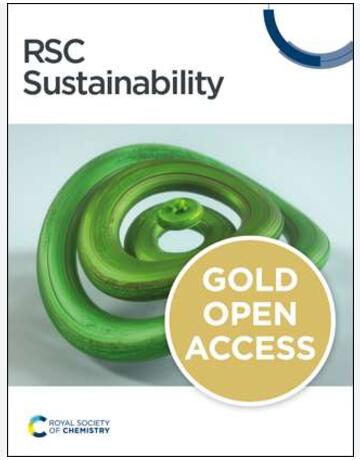美国银行的环境、社会和治理得分与贷款构成
IF 3.3
3区 环境科学与生态学
Q2 ENVIRONMENTAL SCIENCES
引用次数: 0
摘要
我们分析了美国银行 2013 年至 2023 年的贷款组合,结果表明,环境、社会和治理(ESG)高的银行的消费贷款和商业贷款份额较大,而建筑贷款和房地产贷款份额较小。我们还发现,与环境(E)和社会(S)支柱相比,治理(G)支柱与银行贷款构成的关系更为紧密。此外,我们还发现,在气体排放较高的国家,建筑贷款和房地产贷款随着银行 ESG 分数的降低而大幅减少,而在这些国家,ESG 问题可以说更为严重。我们的解释是,可持续发展的银行不愿意为房地产项目提供贷款,使其面临潜在的高环境、社会和治理风险。这些发现有助于更深入地了解环境、社会和公司治理与银行贷款之间的关系,而在以往的文献中,更多的是以综合的方式而不是以贷款类型来处理这种关系。我们的研究结果表明,可持续性对于房地产行业的资金供应至关重要,这为银行和房地产管理者以及政策制定者提供了重要启示。本文章由计算机程序翻译,如有差异,请以英文原文为准。
Environmental, Social, and Governance Scores and Loan Composition Inside United States Banks
We analyze the loan portfolios of United States banks from 2013 to 2023, showing that high environmental, social, and governance (ESG) banks have larger shares of consumer loans and commercial loans and smaller shares of construction loans and real estate loans. We also find that the governance pillar (G) is more tightly related to the bank loan composition compared to the environmental (E) and social (S) pillars. Furthermore, we show that construction loans and real estate loans decrease more considerably with bank ESG scores inside countries with high gas emissions, i.e., where ESG issues would arguably be more serious. Our interpretation is that sustainable banks are reluctant in lending money for real estate projects, exposing them to potentially high ESG risk. These findings contribute to developing a deeper insight about the relationship between ESG and bank lending, which, in the previous literature, has been treated more frequently in aggregate terms instead of separating loan types. Our outcomes suggest that sustainability is crucial for the availability of funds in the real estate sector, delivering important insights to bank and real estate managers, besides policy makers.
求助全文
通过发布文献求助,成功后即可免费获取论文全文。
去求助
来源期刊

Sustainability
ENVIRONMENTAL SCIENCES-ENVIRONMENTAL SCIENCES
CiteScore
6.80
自引率
20.50%
发文量
14120
审稿时长
17.72 days
期刊介绍:
Sustainability (ISSN 2071-1050) is an international and cross-disciplinary scholarly, open access journal of environmental, cultural, economic and social sustainability of human beings, which provides an advanced forum for studies related to sustainability and sustainable development. It publishes reviews, regular research papers, communications and short notes, and there is no restriction on the length of the papers. Our aim is to encourage scientists to publish their experimental and theoretical research relating to natural sciences, social sciences and humanities in as much detail as possible in order to promote scientific predictions and impact assessments of global change and development. Full experimental and methodical details must be provided so that the results can be reproduced.
 求助内容:
求助内容: 应助结果提醒方式:
应助结果提醒方式:


